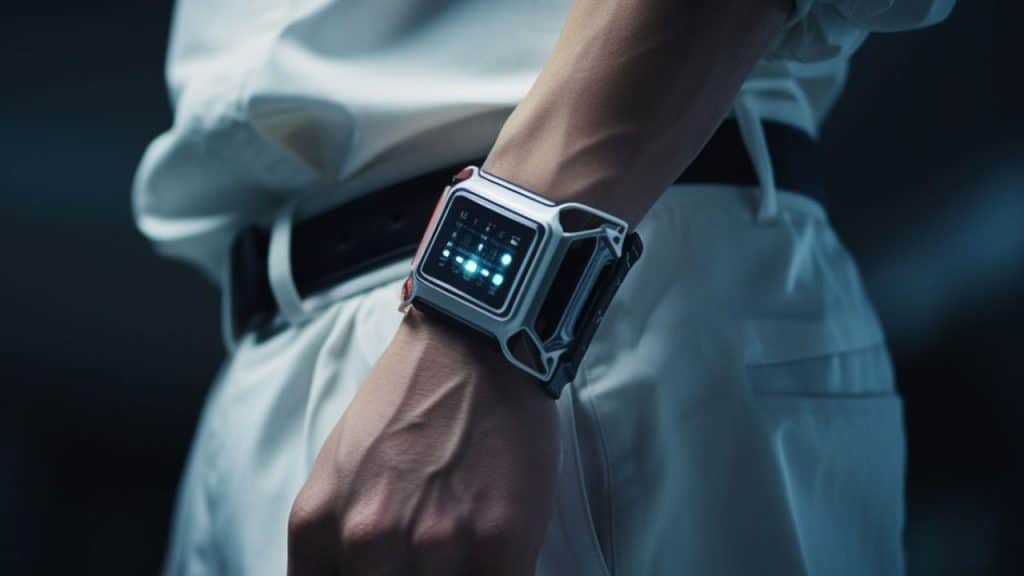Wearables are becoming more popular. A glance at any magazine or website that covers health and wellbeing will tell you that. There are lots of reasons that these little devices are so popular, but some people also have a few concerns. Let’s take a deeper look at the wearables revolution (https://longevity.technology/lifestyle/are-medical-wearables-the-key-to-solving-health-disparities/).
Despite how important it is to human survival, healthcare isn’t always accessible. Too often, it depends on where you live, what you can afford, and the hope you can find a doctor who will listen. Wearables are an attempt to put control back in the hands of the patient. You can have them with you at all times, and they allow for a more personalized approach specifically tailored to your unique biology and needs.
The effectiveness of healthcare is highly dependent on accurate data and diagnoses. Wearable devices mean we can constantly track important biomarkers and how they change over time, seeing every little variation in heart rate, breathing or sleep patterns that may be an early indicator that something’s wrong. We can also assess things like nutrition and exercise levels to see if there are adjustable risk factors in your lifestyle.
It’s a proactive approach to health. You’re no longer waiting until something goes wrong before going to the doctor to try to fix it. Instead, you’re planning your preventative strategies and making early interventions before it’s too late. This is much more effective in terms of your overall longevity, and it may save you time and money.
Used properly, wearables may be able to reduce health disparities by improving access for underserved populations, including those with a historical mistrust of doctors, lack of financial resources, and language and communication barriers. That’s not to say that there aren’t potential issues to be monitored, however.
People’s health information is incredibly sensitive data that could do a lot of damage in the wrong hands. Wearables, especially those with an internet connection, come with lots of security and privacy concerns that tech companies are still working to fully protect. It’s also a challenge to ensure those underserved populations have access to the wearables in the first place.
There’s no denying that wearables are increasingly important in modern healthcare, but they’re not for everyone. If they become cheaper, more secure and more accessible, even for people who aren’t tech savvy, they could become even more popular.




